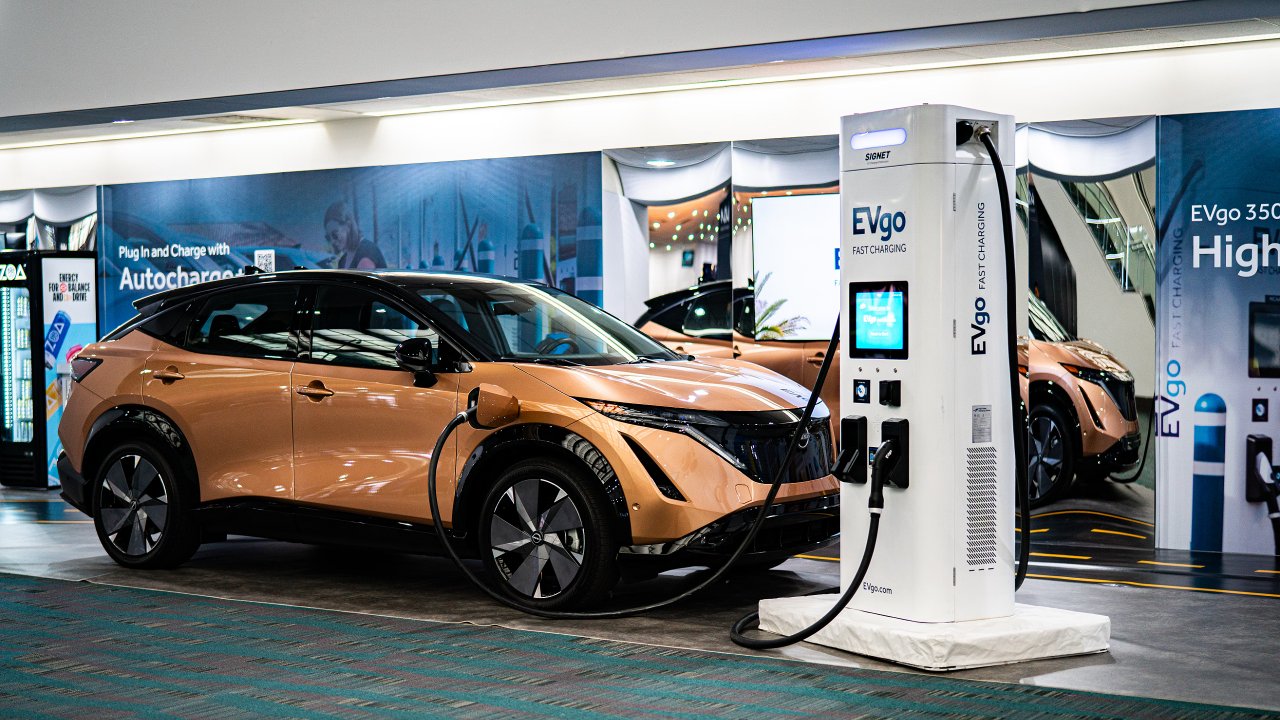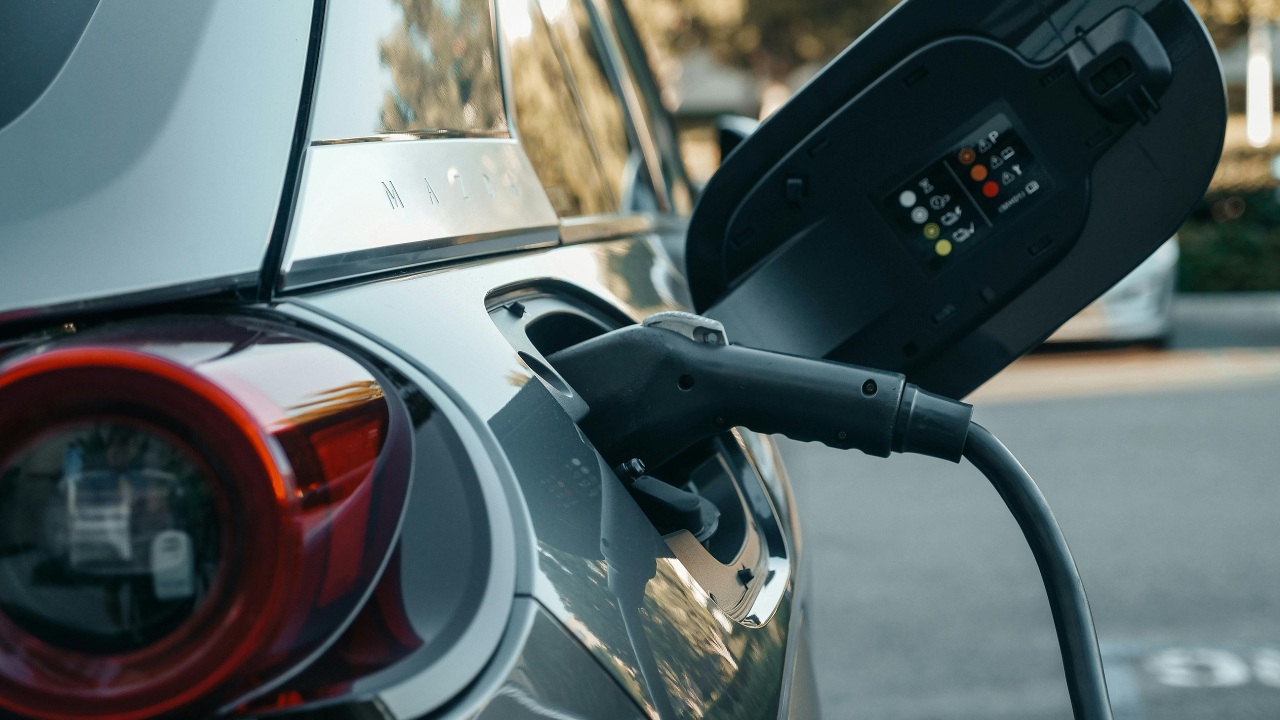As electric vehicles (EVs) gain traction worldwide, the sustainability of their core components, particularly batteries, is increasingly scrutinized. Battery recycling technology has emerged as a key player in reducing environmental impact and fostering a circular economy within the EV sector. Exploring the current landscape and future innovations in battery recycling can shed light on enhancing EV sustainability.
The Importance of Battery Recycling for EVs

Environmental Impact of Battery Waste
Improper disposal of EV batteries can have detrimental effects on ecosystems. These batteries contain heavy metals such as nickel and cobalt., which can leach into soil and water, posing significant risks to wildlife and human health. Recycling mitigates these risks by safely extracting and reusing these materials.
Moreover, the production of new batteries is energy-intensive, contributing to a substantial carbon footprint. Recycling reduces the need for new material extraction, thereby lowering CO2 emissions. For instance, recycling one ton of lithium-ion batteries can save up to 6.2 tons of CO2 emissions, a significant environmental benefit.
Economic Benefits of Recycling
Recycling EV batteries offers considerable economic advantages. By reclaiming valuable materials such as lithium, cobalt, and nickel, recycling can significantly cut costs associated with manufacturing new batteries. The price of these raw materials is volatile, and recycling provides a buffer against market fluctuations.
Additionally, recycling can reduce dependency on imports of raw materials, a strategic advantage for countries lacking natural reserves. For example, the European Union has been actively investing in battery recycling facilities to secure its supply chain and reduce reliance on foreign imports.
Policy and Regulatory Landscape
Governments worldwide are increasingly implementing legislation to promote battery recycling. In the EU, the EU Battery Regulation mandates the collection and recycling of waste batteries, with targets for recovery rates. Similar policies are being adopted in China and the United States, emphasizing the importance of end-of-life management for EV batteries.
Incentives such as tax breaks and subsidies for manufacturers who comply with recycling regulations further bolster these efforts. Conversely, penalties for non-compliance serve as deterrents, encouraging companies to invest in sustainable practices.
Current Technologies in Battery Recycling

Mechanical Recycling Methods
Mechanical recycling techniques involve shredding and sorting battery components to recover valuable materials. This method is widely used due to its simplicity and cost-effectiveness. It typically includes processes such as crushing, separation, and classification to isolate metals from the battery structure.
However, mechanical recycling has limitations, such as lower recovery rates for certain materials and potential safety hazards during the mechanical breakdown of batteries. These challenges necessitate the development of more advanced recycling technologies.
Pyrometallurgical and Hydrometallurgical Processes
Pyrometallurgical processes use high temperatures to extract metals from batteries. This method is effective in recovering metals like cobalt and nickel, but it is energy-intensive and has a significant environmental impact due to emissions.
Hydrometallurgical processes, on the other hand, use chemical solutions to leach metals from the battery components. This method is generally more environmentally friendly and offers higher recovery rates for a broader range of materials. However, it also requires careful handling of chemicals to avoid environmental contamination.
Emerging Recycling Technologies
Innovative approaches such as direct recycling and bioleaching are gaining attention. Direct recycling preserves the battery’s cathode material structure, potentially reducing costs and energy use. Bioleaching employs microorganisms to extract metals, offering an eco-friendly alternative to chemical processes.
These emerging technologies promise to enhance the efficiency and cost-effectiveness of battery recycling, making them attractive options for future development and implementation.
Challenges in Battery Recycling

Technical Challenges
The complex and diverse chemistries of EV batteries pose significant technical challenges for recycling. Different battery types require tailored recycling processes, complicating the recycling stream and increasing costs.
Safe dismantling and handling of EV batteries are also critical concerns. Batteries can pose fire and chemical hazards if not handled properly, necessitating stringent safety protocols and advanced technology for safe processing.
Economic and Market Barriers
Scaling up recycling operations to meet the growing demand for battery disposal is economically challenging. The initial investment in infrastructure and technology can be prohibitive, particularly for smaller companies.
Moreover, the market demand for recycled materials influences recycling initiatives. When the price of new materials is low, the economic incentive to recycle diminishes, affecting the viability of recycling businesses.
Consumer Awareness and Participation
Consumer behavior plays a vital role in the success of recycling programs. Many consumers are unaware of the recycling options available for EV batteries or the environmental benefits of recycling.
Strategies to increase public engagement include educational campaigns and convenient recycling programs. Encouraging consumers to return used batteries can significantly enhance recycling rates and environmental outcomes.
Future Prospects and Innovations

Advancements in Battery Design for Recyclability
Designing batteries with recycling in mind can significantly enhance their end-of-life management. Features such as modular construction and standardization can facilitate easier disassembly and material recovery.
Collaboration between manufacturers and recyclers is crucial for developing sustainable battery designs. Companies like Tesla and Panasonic work with recyclers to reclaim battery materials and improve long-term circularity..
Impact of AI and Automation
Artificial intelligence and robotics are poised to revolutionize battery recycling processes. Automated systems can optimize sorting and material recovery, reducing human error and increasing efficiency.
For instance, AI algorithms can analyze battery components to determine the most efficient recycling method, while robots can safely dismantle batteries, minimizing safety risks and labor costs.
Global Collaboration and Innovation Partnerships
International cooperation in battery recycling research offers numerous benefits, from shared knowledge to cost savings. Collaborative projects like the Global Battery Alliance aim to establish sustainable battery value chains worldwide.
Successful partnerships between governments, academia, and industry, such as the collaboration between BMW, Umicore, and Northvolt, highlight the potential of joint efforts to advance recycling technology and sustainability goals.
The Role of Consumers and Industry in Promoting Sustainability

Encouraging Responsible Consumption
Consumers have a pivotal role in promoting sustainability through responsible consumption. Simple actions, such as proper battery maintenance and avoiding unnecessary replacements, can extend battery life and reduce waste.
Consumer choices also influence market trends, encouraging manufacturers to adopt sustainable practices. By prioritizing eco-friendly products, consumers can drive demand for recyclable and sustainably produced batteries.
Industry Commitments and Sustainability Goals
Automakers are increasingly pledging to improve battery recycling rates as part of their corporate social responsibility initiatives. Companies like GM and Nissan have committed to increasing recycling rates and developing closed-loop battery systems, though full zero-waste goals are long-term aims rather than current achievements.
These industry commitments not only advance recycling technology but also set benchmarks for sustainability within the automotive sector, encouraging broader adoption of eco-friendly practices.
More from Fast Lane Only:
- Unboxing the WWII Jeep in a Crate
- The Fastest Farm Truck Ever Built
- 10 Old Trucks That Were Built Like Tanks
- 12 Classic muscle cars still within reach for budget buyers
*Created with AI assistance and editor review.







Leave a Reply